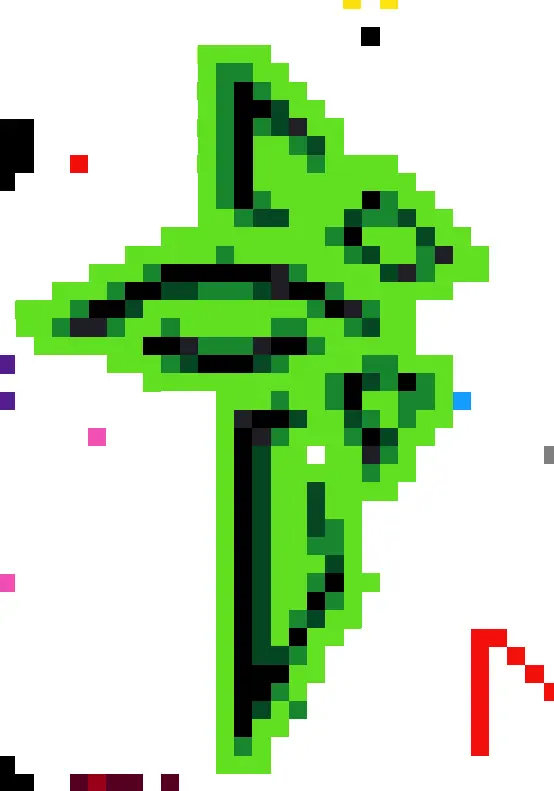

Here is hoping this will at least make it easier to take back control of tuya devices


Here is hoping this will at least make it easier to take back control of tuya devices


Also, proxy_buffering


Sounds like you need to instrument it yourself.
It could be as “easy” as calling the endpoints yourself and saving the sensor states in any kind of storage grafana supports, then making a dashboard on top of that data.
Maybe Zabbix could also work


Finally


Thanks, especially for that openwrt mesh bit, that might end up as the the best solution.


Looking into it, ty!


Good tip, thanks!


Kicking low-signal devices didn’t occur to me, and should be easy to implement on the OpenWrt one, thanks!


Tp-link is stock sadly, but could replace with more capable one (Mikrotik L009 probably, I don’t care about single-band in this case because it literally covers a single, open space room)


Yeah didn’t add that bit before, edited in. Archer is here as just dumb AP/routing box for the furthest room, connected to Omnia by ethernet (so yes, Archer acts as client device @ .1.20 and forwards everything to Omnia).
EDIT: Sadly I don’t have OpenWRT on the TP-Link, but the plan was to replace it with more capable Mikrotik so that I could setup the more advanced bits (Mobility Domain, “roaming”)


Ha, I didn’t specify it but both routers are connected by normal ethernet cable (TP-Link -> Turris).
Don’t think extender (as in forwarder) is good solution here as it would needlesly increase latency for the secondary, though will check! maybe there are some important bits about the mobility domain and roaming in it.
GStreamer is a library for constructing graphs of media-handling components. The applications it supports range from simple Ogg/Vorbis playback, audio/video streaming to complex audio (mixing) and video (non-linear editing) processing.
It’s more of a glue that can connect multiple media things together
Hunt: Showdown (crytek de) might be somewhere up there too, though it’s hard to discern if their dev team is just understaffed, they have no QA/testing or their management is just incompetent.
Either way they currently have a decent bug hydra problem and fixes often come late and cause other problems.

Found this project yesterday https://github.com/pinnacle-comp/pinnacle
Awm inspired wayland Wm
This is very similar to my edited powerarrow-dark theme for Awesome WM, I would very much love to see what utilites you used for this (waybar?) as well as the dotfiles:>
Edit: I think jerboa is not handling the post correctly, from the feed I can see some notes but if I open this post there is just the images and story


whats the rest then?
Quick google search it seems your only options for HA are Xiaomi scales with bluetooth paired to a mcu with esphome.


I would really recommend just trying it out too (when RL time allows), all of the low-level stuff is often well hidden or not required to deal with unless you need it, well most of it is and everything having mostly one solution is a nice refresh compared to the hells of scripted languages.
- A long time python dev.
“Import-time” execution was a huge mistake.
Someone did
s/double/decimal/g(find ‘double’, replace by ‘decimal’) on the whole project.lol